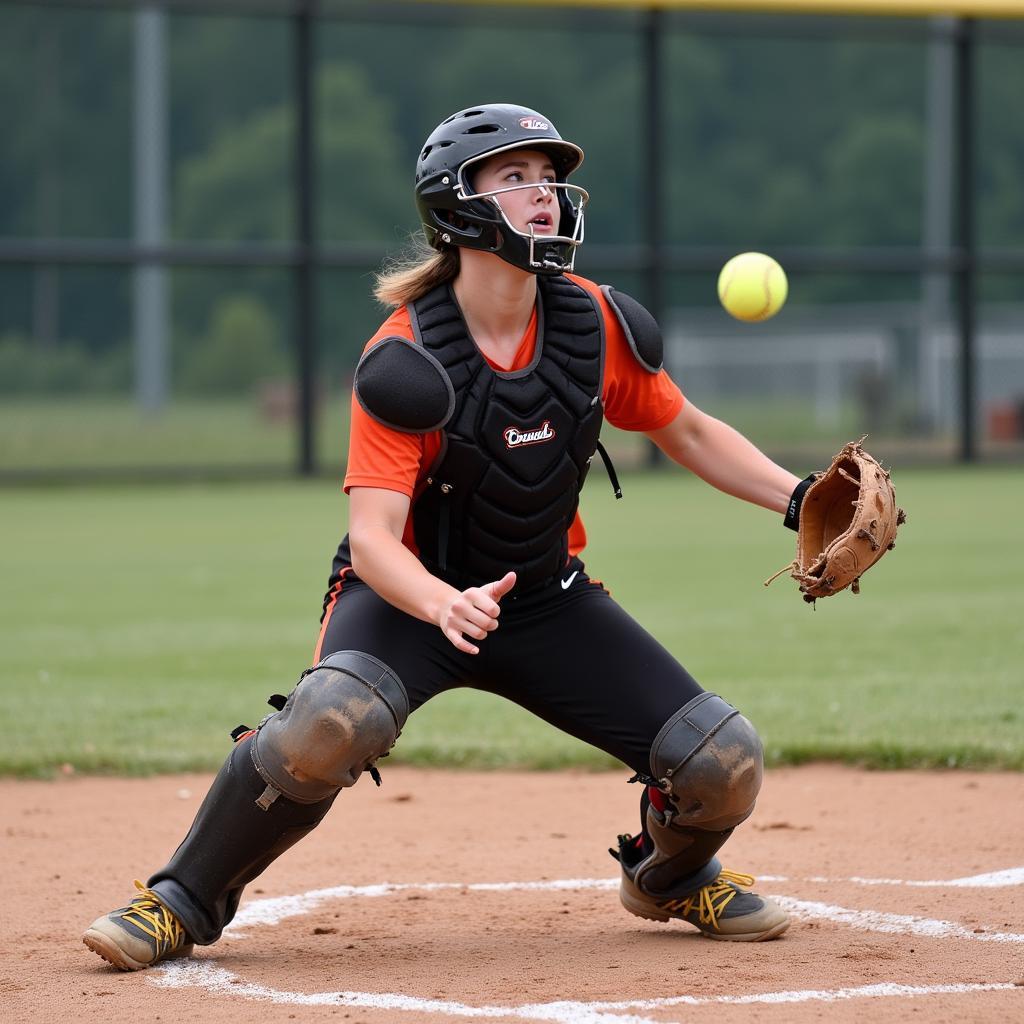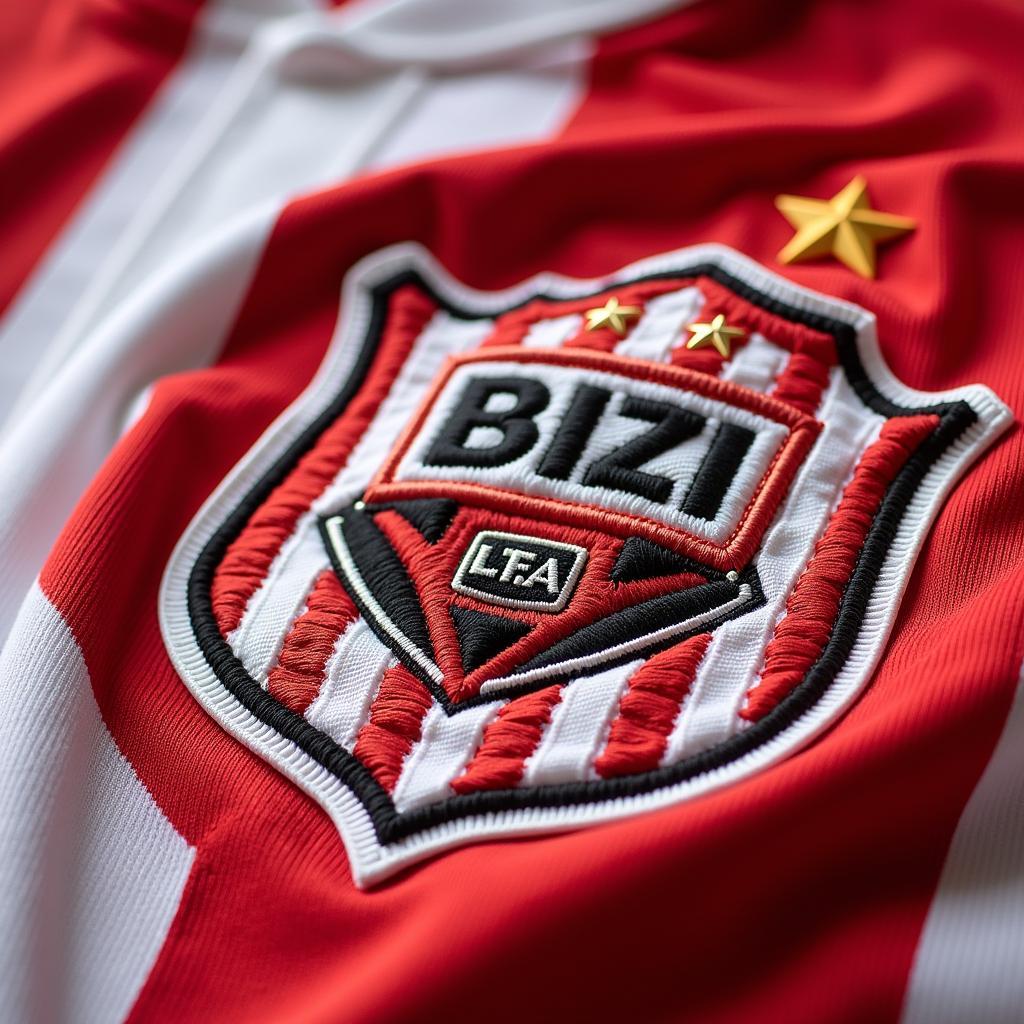Hardest to Easiest Positions in Softball
Softball, a sport often seen as baseball’s gentler cousin, offers a surprising level of complexity regarding the different positions. From the demanding catcher to the less intensive outfield positions, each role presents its own unique challenges and skill requirements. Understanding the Hardest To Easiest Positions In Softball can help players choose a role that best suits their abilities and contributes to the team’s success.
Ranking Softball Positions by Difficulty
Softball positions vary greatly in their required skill sets and physical demands. While all roles are crucial for a winning team, some undoubtedly pose greater challenges than others. Here’s a general ranking from hardest to easiest, along with detailed explanations for each:
The Most Demanding: Catcher and Pitcher
-
Catcher: Arguably the most physically and mentally demanding position in softball. Catchers must be agile, possess strong throwing arms to prevent stolen bases, and have excellent game awareness. They’re involved in every play, calling pitches, blocking balls in the dirt, and framing pitches to influence the umpire’s calls. They also endure significant physical strain from crouching and absorbing the impact of pitches.
-
Pitcher: The pitcher carries the weight of the game on their shoulders. They dictate the pace and control the flow of the game. Pitching demands precise mechanics, stamina, and a vast repertoire of pitches. They also need excellent mental fortitude to handle pressure situations and adjust their strategy based on the opposing team’s batters.
 Softball catcher in action during a game
Softball catcher in action during a game
The Middle Ground: Shortstop, Third Base, and Second Base
-
Shortstop: Known as the captain of the infield, the shortstop needs exceptional range, quick reflexes, and a strong arm to make plays on balls hit deep in the hole. They frequently turn double plays and require excellent communication with the second baseman.
-
Third Base: The “hot corner” demands quick reactions and strong throwing arms due to the high velocity of balls hit in that direction. Third basemen must be fearless and ready to handle hard-hit grounders and line drives.
-
Second Base: Second base requires a blend of agility, quick hands, and the ability to turn double plays efficiently with the shortstop. They often need to make off-balance throws and must be adept at covering a large area of the infield.
Less Demanding: First Base and Outfielders
-
First Base: Primarily a defensive position, first base typically requires good catching skills and the ability to stretch for throws. While not as physically demanding as other infield positions, it requires focus and good hand-eye coordination.
-
Outfielders (Left, Center, Right): Outfielders require good speed, the ability to track fly balls, and strong throwing arms to make plays at the bases. While crucial to the defense, the physical demands are generally lower compared to infield positions. Center field is often considered the most demanding of the three outfield positions due to the larger area covered.
Conclusion: Finding Your Perfect Fit in Softball
From the demanding catcher to the less intensive outfield positions, softball offers a variety of roles for players of different skill levels. By understanding the hardest to easiest positions in softball, you can choose a position that aligns with your strengths and maximizes your contribution to the team. Whether you thrive under pressure or prefer a less demanding role, there’s a spot for everyone in this dynamic and exciting sport.
FAQ
-
What is the most important skill for a catcher? Game awareness and strong throwing ability are crucial for a catcher.
-
Why is pitching so challenging? Pitching requires stamina, precise mechanics, and a diverse range of pitches.
-
Which infield position requires the most range? Shortstop typically requires the greatest range in the infield.
-
What makes third base the “hot corner”? The high velocity of balls hit towards third base makes it a challenging position.
-
Which outfield position covers the largest area? Center field generally covers the largest area in the outfield.
Kêu gọi hành động: Khi cần hỗ trợ hãy liên hệ Số Điện Thoại: 0989060241, Email: [email protected] Hoặc đến địa chỉ: Tở 2, ấp 5, An Khương, Hớn Quản, Bình Phước, Việt Nam. Chúng tôi có đội ngũ chăm sóc khách hàng 24/7.

